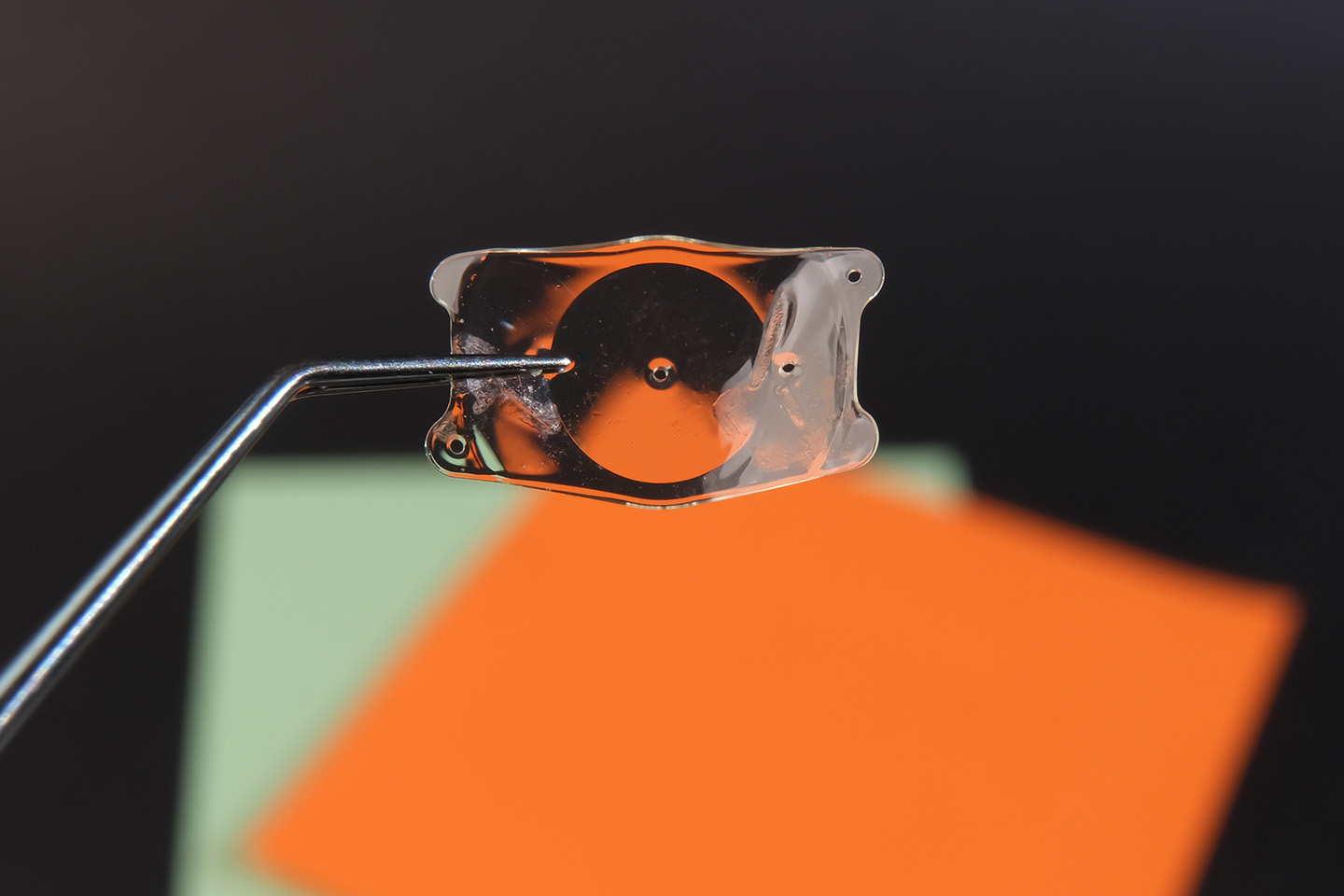The Three Main Types of Conjunctivitis

Conjunctivitis, or “pink eye,” is a very common eye condition that often affects children. Learn more about the different types and how to treat them.
The conjunctiva is the thin transparent layer of tissue that covers the white of the eye and lines the inner eyelid. This layer is responsible for keeping the front surface of the eye moisturized and lubricated. The conjunctiva allows the eyes to open and close without friction, which protects them from dust, debris, and microorganisms. Since this tissue is so delicate and so many things come into contact with our eyes on a daily basis, the conjunctiva is also prone to infection.
What is Conjunctivitis?
Conjunctivitis is an inflammation or swelling of the conjunctiva. It is commonly referred to as “pink eye,” although many ophthalmologists only use that term in reference to viral conjunctivitis. In some forms it is highly contagious and can lead to more serious eye problems if left untreated. Though symptoms and severity vary depending on the specific form of conjunctivitis, general symptoms across the three major types include:
- Swollen conjunctiva
- Redness in the inner eye or eyelid
- Green, white, or thick yellow discharge that crusts over eyelashes
- Itchy, burning eyes
- Blurred vision
- Light sensitivity
- Excess tears
What Are the Three Main Types of Conjunctivitis?
The three main types of conjunctivitis are allergic, infectious or bacterial, and chemical conjunctivitis. Symptoms of each type are similar, but treatments can vary, which means a correct diagnosis is key to effectively treat symptoms.
Allergic conjunctivitis is most common among people with pronounced seasonal allergies to pollen, dust, and pet dander. This form of conjunctivitis develops after coming into contact with an irritant and is not contagious. Treatments for allergic conjunctivitis include taking allergy medication or antihistamines, using topical steroid eye drops, and applying cool compresses or artificial tears to ease discomfort.
Infectious or bacterial conjunctivitis is develops after experiencing an infection caused by staphylococcal or streptococcal bacteria. Viral conjunctivitis, the most infamous and contagious strain, is caused by exposure to someone with an upper respiratory tract infection. Insects, sharing makeup, poor hygiene, physical contact with other people, and using contaminated beauty products, facial lotions, or contact lenses can also cause bacterial conjunctivitis. Viral conjunctivitis can be treated by using antibiotic eye drops or ointments for a full three to four days.
Finally, chemical conjunctivitis is caused by contact with irritants like pollution, chlorine, and noxious chemicals. Treatment involves carefully flushing the eyes with sterile saline and using topical steroids. If an extremely toxic chemical comes into contact with the eyes and conjunctivitis is severe, continually flush with water for several minutes before seeking medical attention.
Conjunctivitis can be highly contagious and very common — but the good news is that it’s treatable. If you think you or your child may have pink eye, contact Swagel Wootton Eye Institute to schedule an appointment today at our Mesa and Chandler locations. Our experts can provide a diagnosis for your specific form of conjunctivitis and ensure you’re on your way back to healthy eyes in no time.
[DISPLAY_ULTIMATE_SOCIAL_ICONS]








